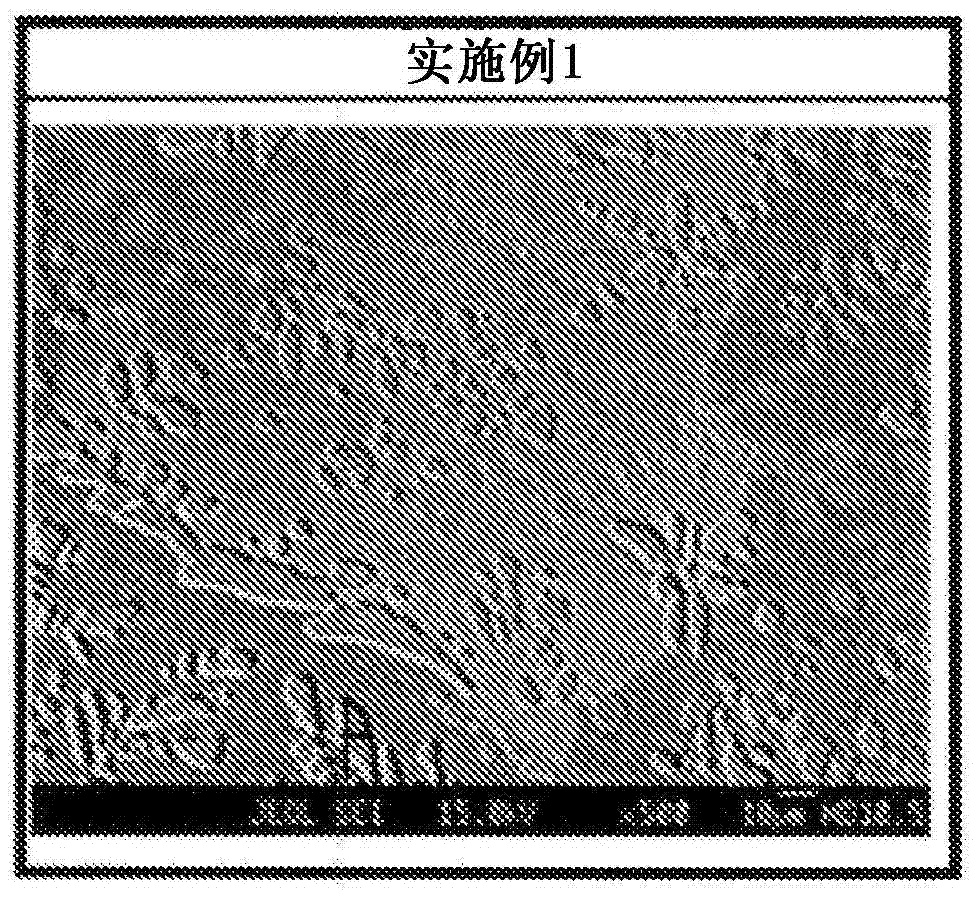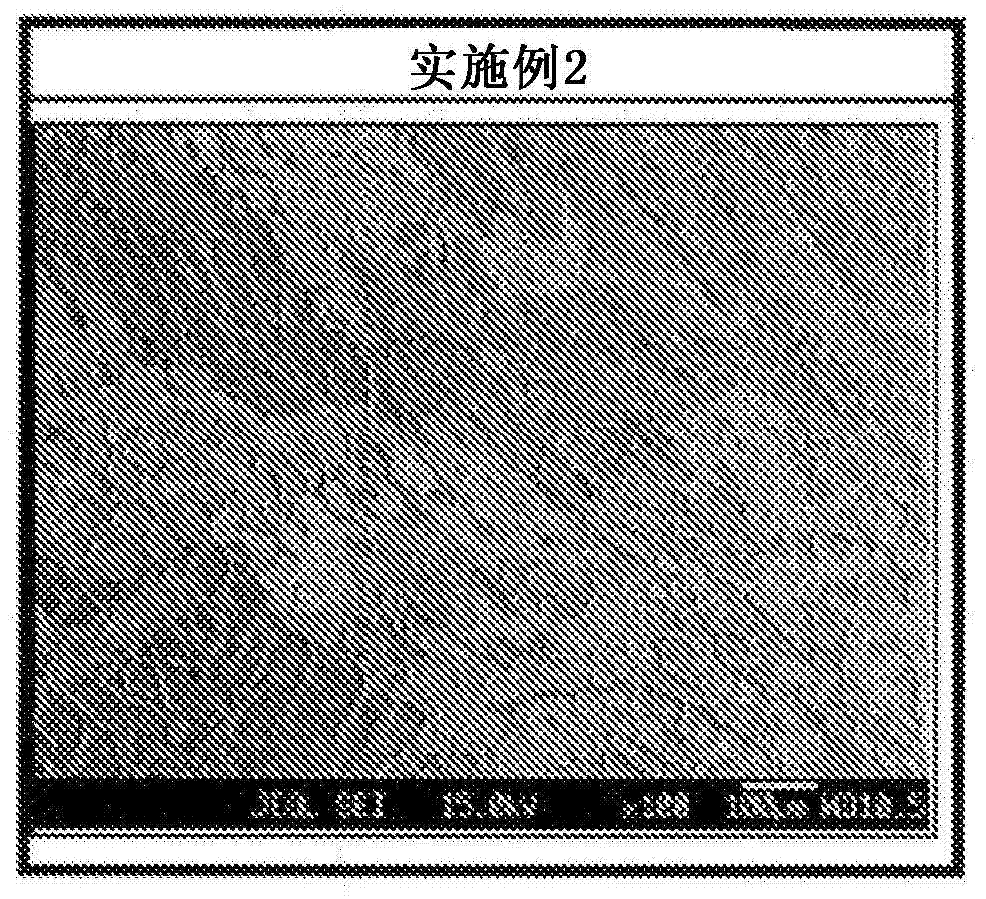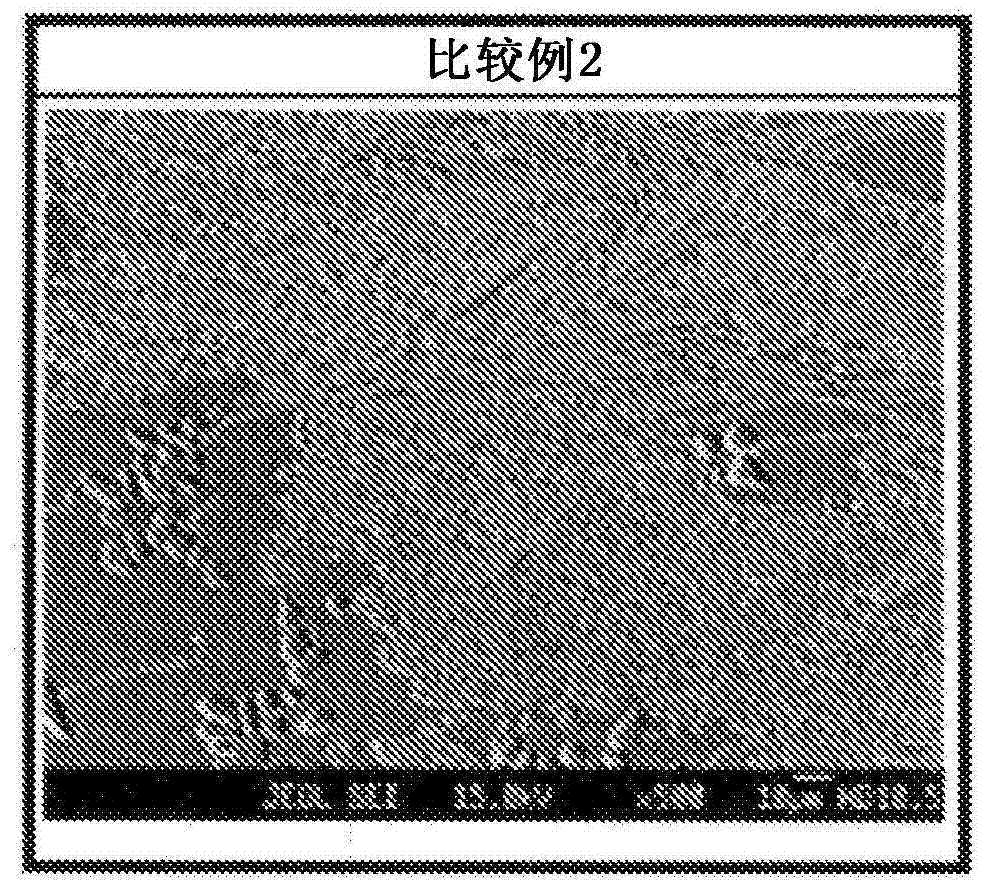Cu-ga alloy sputtering target and method of manufacturing the same
A manufacturing method and technology for sputtering targets, which are applied in sputtering plating, metal material coating process, ion implantation plating, etc., can solve the problems of adding elements and multi-intermetallic compounds, unable to use alloy manufacturing, etc. Manufacturing cost, suppression of reduction in conversion efficiency, and less effect
- Summary
- Abstract
- Description
- Claims
- Application Information
AI Technical Summary
Problems solved by technology
Method used
Image
Examples
Embodiment 1
[0071] 20 kg of raw materials containing copper (Cu: purity 4N) and Ga (purity: 4N) whose composition ratio was adjusted so that the Ga concentration was 22 atomic % were put into a carbon crucible, and the inside of the crucible was made a nitrogen atmosphere, and heated to 1250°C. This high-temperature heating is for welding the dummy bar and the Cu—Ga alloy melt.
[0072] In the heating of the crucible, a resistance heating device (graphite element) was used. The shape of the melting crucible was 140 mmφ×400 mmφ, the material of the mold was made of graphite, the shape of the ingot was a plate of 65 mmw×12 mmt, and continuous casting was performed.
[0073] After the raw material is smelted, the temperature of the molten liquid is lowered to 990°C (a temperature about 100°C higher than the melting point), and the drawing starts when the temperature of the molten liquid and the temperature of the mold are stable. Since the dummy rod is inserted at the front end of the mold,...
Embodiment 2
[0079] 20 kg of raw materials containing copper (Cu: purity 4N) and Ga (purity: 4N) whose composition ratio was adjusted so that the Ga concentration was 22 atomic % were put into a carbon crucible, and the inside of the crucible was made a nitrogen atmosphere, and heated to 1250°C. This high-temperature heating is for welding the dummy bar and the Cu—Ga alloy melt.
[0080] In the heating of the crucible, a resistance heating device (graphite element) was used. The shape of the melting crucible was 140 mmφ×400 mmφ, the material of the mold was made of graphite, the shape of the ingot was a plate of 65 mmw×12 mmt, and continuous casting was performed.
[0081] After the raw material is smelted, the temperature of the molten liquid is lowered to 990°C (a temperature about 100°C higher than the melting point), and the drawing starts when the temperature of the molten liquid and the temperature of the mold are stable. Since the dummy rod is inserted at the front end of the mold,...
Embodiment 3
[0087] 20 kg of raw materials containing copper (Cu: purity 4N) and Ga (purity: 4N) whose composition ratio was adjusted so that the Ga concentration was 25 atomic % were put into a carbon crucible, and the inside of the crucible was made a nitrogen atmosphere, and heated to 1250°C. This high-temperature heating is for welding the dummy bar and the Cu—Ga alloy melt.
[0088] In the heating of the crucible, a resistance heating device (graphite element) was used. The shape of the melting crucible was 140 mmφ×400 mmφ, the material of the mold was made of graphite, the shape of the ingot was a plate of 65 mmw×12 mmt, and continuous casting was performed.
[0089] After the raw material is smelted, the temperature of the molten liquid is lowered to 990°C (a temperature about 100°C higher than the melting point), and the drawing starts when the temperature of the molten liquid and the temperature of the mold are stable. Since the dummy rod is inserted at the front end of the mold,...
PUM
| Property | Measurement | Unit |
|---|---|---|
| relative density | aaaaa | aaaaa |
| relative density | aaaaa | aaaaa |
| size | aaaaa | aaaaa |
Abstract
Description
Claims
Application Information
 Login to View More
Login to View More - R&D
- Intellectual Property
- Life Sciences
- Materials
- Tech Scout
- Unparalleled Data Quality
- Higher Quality Content
- 60% Fewer Hallucinations
Browse by: Latest US Patents, China's latest patents, Technical Efficacy Thesaurus, Application Domain, Technology Topic, Popular Technical Reports.
© 2025 PatSnap. All rights reserved.Legal|Privacy policy|Modern Slavery Act Transparency Statement|Sitemap|About US| Contact US: help@patsnap.com



